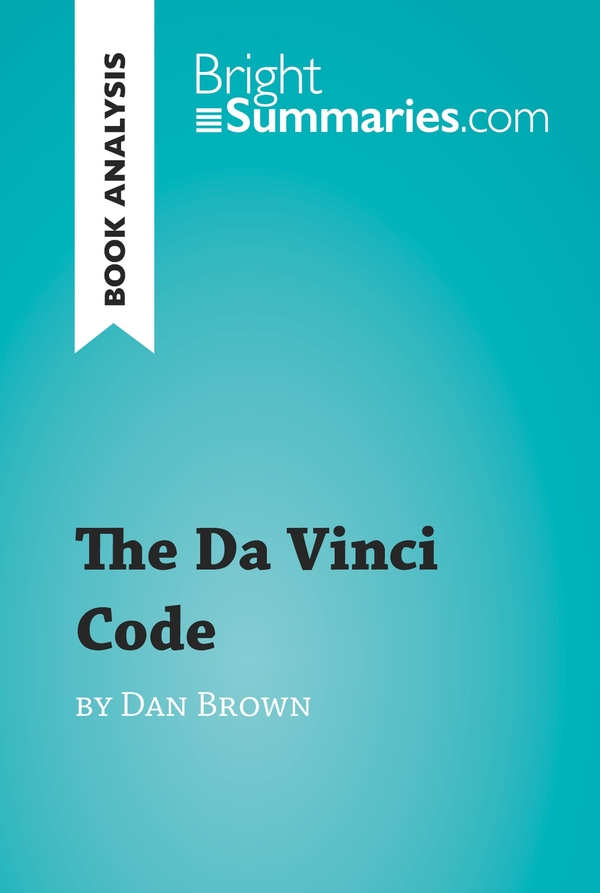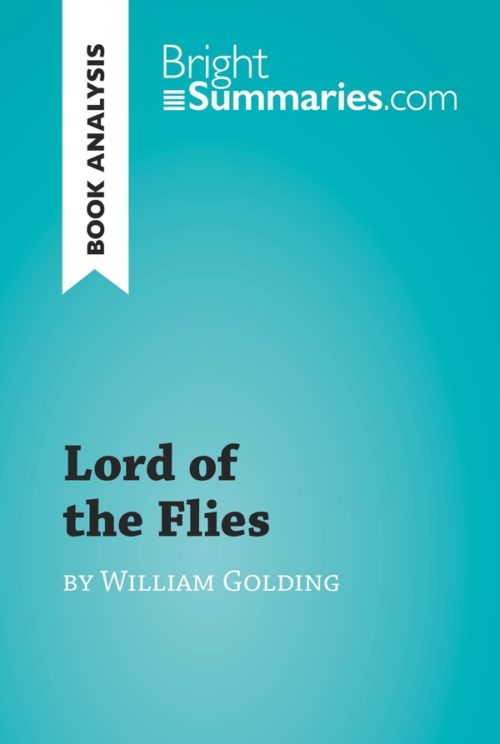The Da Vinci Code by Dan Brown (Book Analysis)
The Da Vinci Code by Dan Brown (Book Analysis)
Detailed Summary, Analysis and Reading Guide
Read more
This practical and insightful reading guide offers a complete summary and analysis of The Da Vinci Code by Dan Brown. It provides a thorough exploration of the novel’s plot, characters and main themes, including the concept of religion and the place of symbols in society. The clear and concise style makes for easy understanding, providing the perfect opportunity to improve your literary knowledge in no time.
This clear and detailed 27-page reading guide is structured as follows:
- Biography of Dan Brown
- Presentation of The Da Vinci Code
- Summary of The Da Vinci Code
- Character study
- Robert Langdon
- Sophie Neve
- Jacques Saunière
- Bezu Fache
- Silas
- Leigh Teabing
- Bishop Manuel Aringarosa
- Analysis of The Da Vinci Code
- An artist at the core of the work: Leonardo da Vinci
- An esoteric thriller
- A few scientific, religious and esoteric benchmarks
About The Da Vinci Code
The Da Vinci Code was first published in 2003 and was incredibly successful. It follows Robert Langdon, a professor of religious symbolism, as he attempts to track down the mysterious Grail and discover the identities of those who wish to destroy it.
The Da Vinci Code is novel which includes several historical events and legends. Brown’s fourth book took the literary world by storm when it was first published, to such an extent that it was adapted for cinema three years later.
About Dan Brown
Dan Brown is an American writer who was born in 1964. He studied Art and Literature, but he has a passion for codes, symbols and conspiracies, as evinced in his writing. This fascination began at a young age, as codes were an important part of the Brown household; Brown and his siblings did not simply find their Christmas presents under a tree, for example, but had to find them with a map. Although he began writing in 1997 and published his first novel, Digital Fortress, in 1998, Brown only achieved international fame and success with The Da Vinci Code.
Product details
| ISBN | 9782806273260 |
|---|---|
| Publisher | Plurilingua Publishing |
| Collection | BrightSummaries.com |
| Format | |
| Pages | 28 |
| File size | 1.4 MB |







